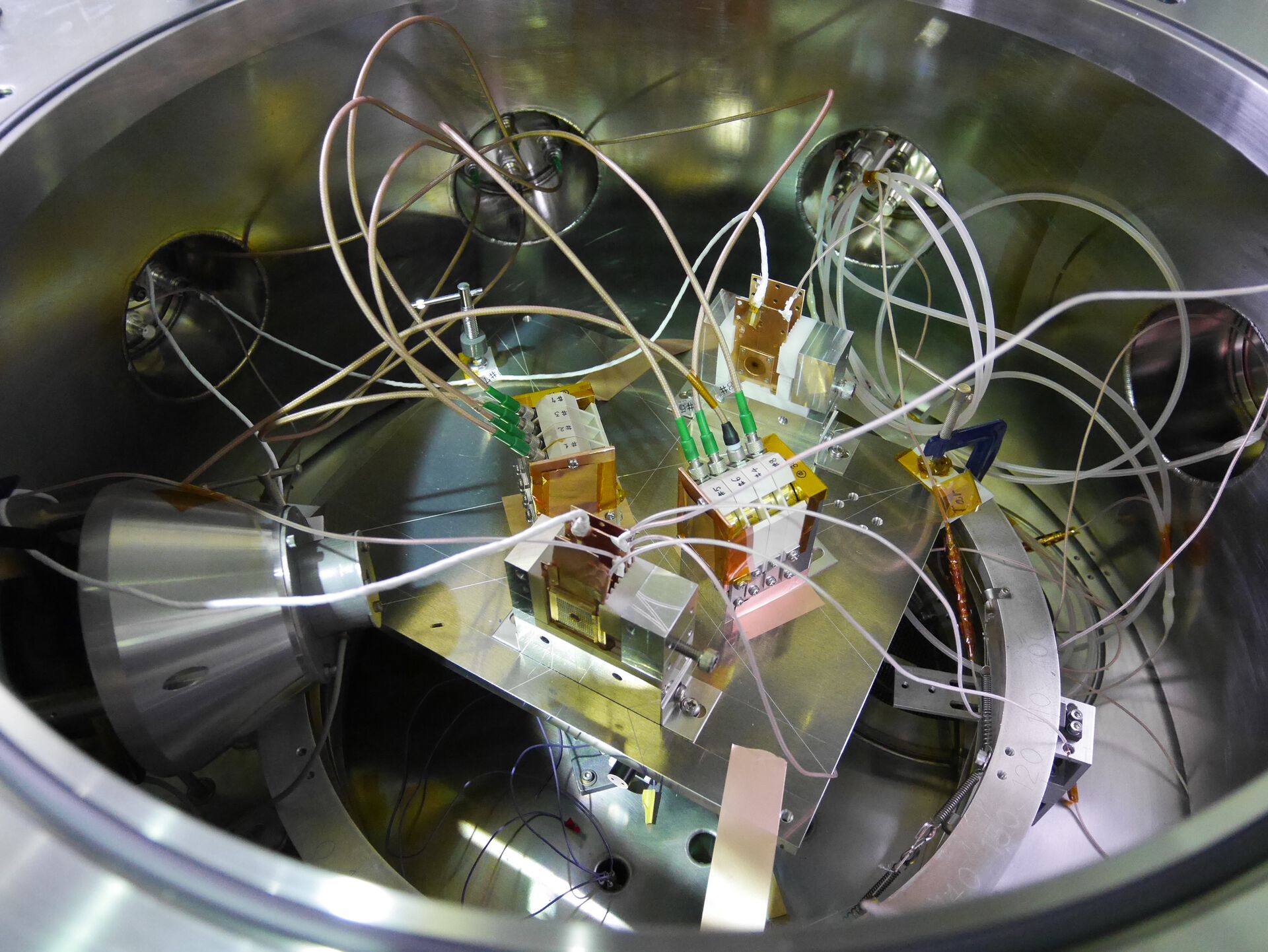
Our research goal is to measure the cross-section of the 7Be(d, p) reaction in search of a solution/key to the cosmological 7Li problem (CLP). The CLP is the overestimation of primordial 7Li abundance in the standard Big Bang nucleosynthesis (BBN) model compared to observed abundances, a major unresolved problem in modern astrophysics. A recent theoretical BBN model emphasized the primordial 7Li abundance is about three times larger than the recent precise observation [1], [2]. 7Li nuclei were considered to be produced predominantly by the electron capture decay of 7Be after the termination of nucleosynthesis in the standard BBN model. We focus on the 7Be(d, p) reaction since it is considered one of the contributors to 7Be destruction in the BBN [3]. Our experiment means that we reproduce the nuclear reactions that occurred in BBN are reproduced in the modern world. We developed a method to produce 7Be (half-life = 53.22 days) target to measure the reaction cross-section in normal kinematics. The experiment was performed at the Tandem Electrostatic Accelerator Kobe University [4]. A 2.36 MeV proton beam irradiated a natural-Li target to transmute 7Li particles to 7Be particles via the 7Li(p, n)7Be reaction [5]. We produced 3.03 × 1013 7Be particles in the target after two days of proton irradiation. After the target production, the beam ion was changed to deuterons, and the 7Be(d, p) reaction was measured at energies 0.6, 0.86, 1.0, and 1.6 MeV. The outgoing protons were measured by layered silicon telescopes at 30 and 45 degrees.
In this talk, I will talk about the experimental setup and preliminary results of this study, including the 7Be(d, p) cross-section and its impact on the solution of the CLP.
References:
[1] R. H. Cyburt et al., J. Cosmol. Astropart. Phys. 11, 012 (2008).
[2] Brian D. Fields et al., J. Cosmol. Astropart. Phys. 03(2020)010.
[3] S. Q. Hou et al., Phys. Rev. C 91, 055802 (2015).
[4] ”Kobe University Tandem Electrostatic Accelerator” (Accessed 4th August 2022).
[5] K. K. Sekharan et al., Nucl. Instr. Meth. 133, 253-257 (1976).

This Friday colloquium will be hybrid. Attendees can therefore participate either in-person or via Zoom. Please join via Zoom at
https://uio.zoom.us/j/69001043754?pwd=cEJpbVE5ci9PdWNtRld2TDNNcGtKdz09
Meeting ID:690 0104 3754
Passcode: PeiseStua3
Attendees will be muted during the colloquium, but will have the opportunity to ask questions at the end by clicking on the "raise hand” button (or send a request via chat).